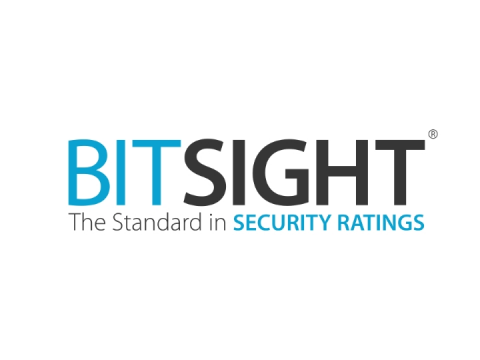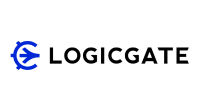Taking a Confident Approach Toward Managing Third-Party Risk
Building new digital relationships with third-parties increases exposure to a cybersecurity breach.
OneTrust accelerates vendor risk capabilities with CSA partnership
In December 2018, privacy management provider OneTrust announced a partnership with the Cloud Security Alliance (CSA) and the availability of free vendor risk assessment capabilities to all CSA members. In the era of the EU's General Data Protection Regulation (GDPR) and similar proliferating data protection regulations around the globe, the enterprise's capacity to evaluate its vendors and partners grows in importance.
Best Practices for Simplifying Vendor Onboarding
In this paper, we’ll reveal a practical alternative that helped our client move from 89 steps to three.
Pick the Right Path to Managing Third-Party Risk
Organizations are investing in digital technologies to drive business into the future. This also means they’re increasingly reliant on third-party vendors for outsourced services and solutions—expanding their attack surface and introducing more risk.
Third-Party Risk Management eBook
If your company employs third parties, then the responsibility falls to you and your employees to manage the risk they bring. But how do you go about designing and implementing your third-party risk management program for maximum effectiveness?
The Financial Executive's Guide to Extending Compliance Programs to Cloud Applications and More
Today’s access controls are usually enforced at the application level which means each access-control regimen is effectively “siloed” – one can’t “see” the other. It’s challenging enough to manage access within a single application. Managing that kind of access across all enterprise applications, across thousands of users, and across multiple business processes - the scale of complexity skyrockets. And adding to that complexity is that these applications may be on premise or in the cloud.
API Security Needs AI Now More Than Ever (Infographic)
API security is increasingly difficult for enterprise security teams to tackle. APIs are spreading fast and are a tempting target for cyberattacks. Learn about the challenges overwhelming security teams today that can be overcome with an intelligent API security solution.
IT Risk Assessment Checklist
Identify your risks to jump-start an A-class risk mitigation program.
GRC Buyers Guide
You’re reading this because you’re interested in buying a GRC platform. You don’t want to make the wrong decision. You plan to dig, learn and go into it with both eyes wide open. Our GRC Buyer’s Guide was designed with you in mind.
PingIntelligence for APIs (Datasheet)
Almost daily, new APIs with highly diverse sets of clients are introduced onto enterprise networks. The unique—and often high-volume traffic flows—of these APIs makes identifying malicious behavior a highly complex task. This isn’t a suitable task for existing security solutions using attack signatures or access control policies. As APIs continue to drive digital transformation efforts in the enterprise and support innovative customer experiences, securing them has never been more important.
Best Practices for GDPR and CCPA Compliance
This white paper includes data from an in-depth survey of North American organizations with regard to their plans for GDPR and CCPA compliance. The paper was sponsored by Netwrix; information about the company is provided at the end of the paper.
Strengthen Your API Security (Whitepaper)
Improve Cyber Resilience and Compliance with Identity-aware APIs, Deep API Visibility and AI-powered Threat Detection.
An Insider Threat Checklist for Your Business- Critical Applications
The ten things you should do to ensure business application users don't commit fraud or jeopardize sensitive data.
Whitepaper: MFA: Best Practices for Securing the Modern Digital Enterprise
MoveThis white paper proposes best practices for customer and enterprise deployments of step-up MFA. It explores a risk based approach that combines dynamic step-up authentication with passive contextual mechanisms, such as geolocation and time of day.























